
- Categories:
 34 Views
34 Views
- Read more about Analysis on Compressed Domain: A Multi-Task Learning Approach
- 2 comments
- Log in to post comments
Image compression approaches based on deep learning have achieved remarkable success.
Existing studies mainly focus on human vision and machine analysis tasks taking reconstructed images as input.
- Categories:
 100 Views
100 Views
- Read more about Less is More: Compression of Deep Neural Networks for adaptation in photonic FPGA circuits
- Log in to post comments
Photonic circuits pave the way to ultrafast computing and real-time inference of applications with paramount importance, such as imaging flow cytometry (IFC). However, current implementations exhibit inherent restrictions that consequently diminish the neural networks (NN) complexity that can be supported. Thus, NN compression mechanisms are deemed critical for the efficient deployment of such demanding tasks.
- Categories:
 31 Views
31 Views
- Read more about Interpretable Learned Image Compression: A Frequency Transform Decomposition Perspective
- 1 comment
- Log in to post comments
Image compression is a key problem in this age of information explosion. With the help of machine learning, recent studies have shown that learning-based image compression methods tend to surpass traditional codecs. Image compression can be split into three steps: transform, quantization, and entropy estimation.
- Categories:
 62 Views
62 Views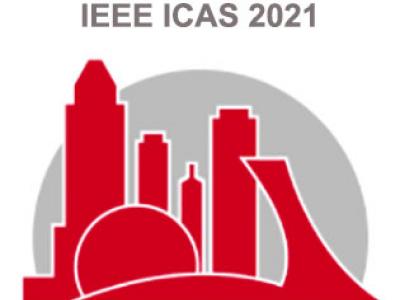
Object pose estimation remains an open and important task for autonomous systems, allowing them to perceive and interact with the surrounding environment. To this end, this paper proposes a 3D object pose estimation method that is suitable for execution on embedded systems. Specifically, a novel multi-task objective function is proposed, in order to train a Convolutional Neural Network (CNN) to extract pose-related features from RGB images, which are subsequently utilized in a Nearest-Neighbor (NN) search-based post-processing step to obtain the final 3D object poses.
- Categories:
 12 Views
12 Views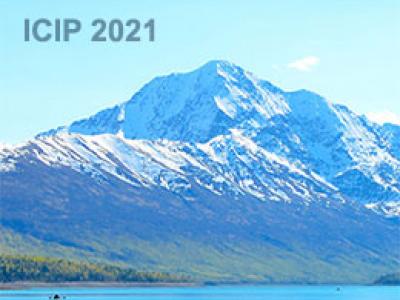
- Categories:
 48 Views
48 Views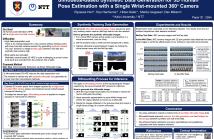
- Read more about Silhouette-based Synthetic Data Generation for 3D Human Pose Estimation with a Single Wrist-mounted 360° Camera
- Log in to post comments
In this paper, we propose a framework for 3D human pose estimation with a single 360° camera mounted on the user's wrist. Perceiving a 3D human pose with such a simple setting has remarkable potential for various applications (e.g., daily-living activity monitoring, motion analysis for sports enhancement). However, no existing work has tackled this task due to the difficulty of estimating a human pose from a single camera image in which only a part of the human body is captured and the lack of training data.
- Categories:
 168 Views
168 Views
- Read more about Improving filling level classification with adversarial training
- Log in to post comments
- Categories:
 47 Views
47 Views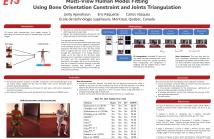
- Read more about Multi-View Human Model Fitting Using Bone Orientation Constraint and Joints Triangulation
- Log in to post comments
We address 3D human pose and shape estimations from multi-view images. We use the SMPL body model, and regress the model parameters that best fit the shape and pose. To solve for the parameters, we first compute 3D joint positions from 2D joint estimations on images by using a linear algebraic triangulation. Then, we fit the 3D parametric body model to the 3D joints while imposing a bone orientation constraint between the 3D model and the corresponding body parts detected in the images.
- Categories:
 80 Views
80 Views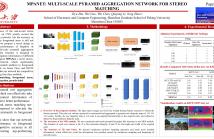
At present, the performance of the end-to-end stereo matching networks based on CNN greatly exceed the traditional stereo matching networks, but the accuracy in those ill-posed regions like foreground areas is still not optimistic. In this paper, we propose a novel design to improve the prediction performance of disparity in foreground. First, a multi-scale pyramid aggregation module with hourglass-like structure is designed to effectively utilize the aggregation information of different scales.
- Categories:
 63 Views
63 Views